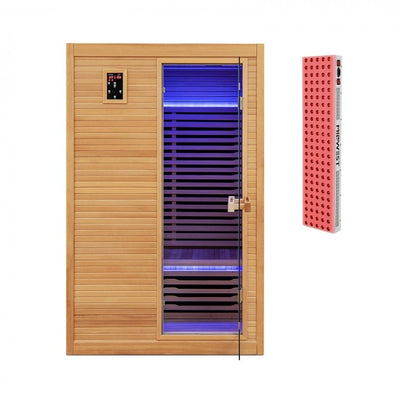5 Steps When Installing Your New Hot Tub
Installing a new hot tub can be an exciting addition to your home, offering a relaxing space for unwinding and entertaining. However, it requires careful planning and attention to detail to ensure safe and proper installation. Here are five critical things to look out for when installing your new hot tub:
1. Location and Foundation
Things to Consider:
- Level Surface: Ensure the surface is level to prevent water from accumulating unevenly and to avoid stressing the hot tub’s structure.
- Foundation Type: A concrete pad is typically recommended for its durability, but wooden decks and reinforced pavers can also work if properly constructed to support the weight.
- Accessibility: Choose a location that is easily accessible from your home for convenience and ease of maintenance. Also, consider privacy and exposure to wind or sun.
- Drainage: Ensure the site has proper drainage to avoid water pooling around the hot tub, which could cause damage.
2. Electrical Requirements
Things to Consider:
- Professional Installation: Electrical installation should be handled by a licensed electrician familiar with hot tub requirements to meet local codes and safety standards.
- Power Supply: Most hot tubs require a dedicated 220V/50-amp circuit, but some smaller models may operate on 110V. Ensure your home’s electrical system can accommodate the load.
- Ground Fault Circuit Interrupter (GFCI): This is essential for safety to protect against electrical shock. It should be installed according to manufacturer specifications.
- Distance from Power Source: Verify that the hot tub is positioned within the appropriate distance from the power source, considering the length of electrical cables and the need for a disconnect switch nearby.
3. Plumbing and Water Supply
Things to Consider:
- Water Source: Ensure there is a convenient water source for filling the hot tub. A garden hose is typically sufficient, but the location of the water source in relation to the hot tub matters.
- Draining: Plan for how you will drain the hot tub. It should be done away from the house foundation and landscaping. Ensure you have access to a suitable drainage area or system.
- Hose Bib: Install a hose bib nearby to make filling and draining the hot tub easier.
4. Safety Considerations
Things to Consider:
- Cover: A sturdy, lockable cover is essential to keep the hot tub clean and safe, especially if you have children or pets.
- Non-Slip Surfaces: Ensure the area around the hot tub is non-slip to prevent accidents when getting in and out of the tub.
- Fencing and Barriers: Depending on local regulations, you might need a fence or barrier around the hot tub for safety, especially if children are present.
- Lighting: Adequate lighting is important for safety during nighttime use. Consider pathway lights leading to the hot tub and lights around the area.
5. Maintenance and Accessibility
Things to Consider:
- Access to Equipment: Make sure the hot tub’s control panel and equipment compartment are easily accessible for maintenance and repairs.
- Chemical Storage: Plan a nearby but safe location for storing water treatment chemicals to ensure they are handy but kept away from children and pets.
- Routine Maintenance: Establish a routine for checking and maintaining the hot tub’s chemical balance, cleaning filters, and inspecting the cover and exterior.
Summary
Installing a hot tub involves several important steps to ensure safety, functionality, and longevity. Choosing the right location and foundation, ensuring proper electrical setup, managing plumbing and water supply, prioritizing safety, and planning for maintenance are all crucial aspects to consider. By paying attention to these details, you can enjoy your hot tub with peace of mind and minimal hassle.




Leave a comment